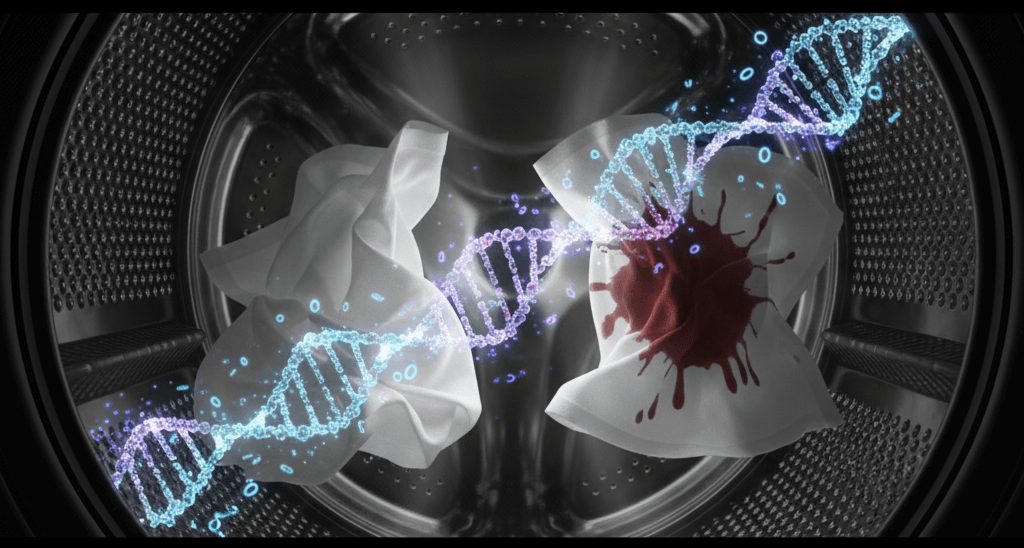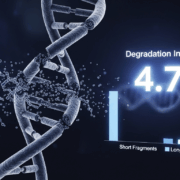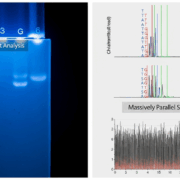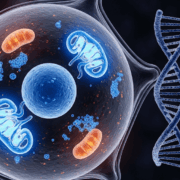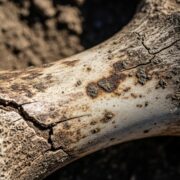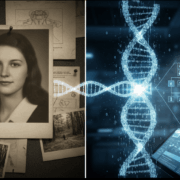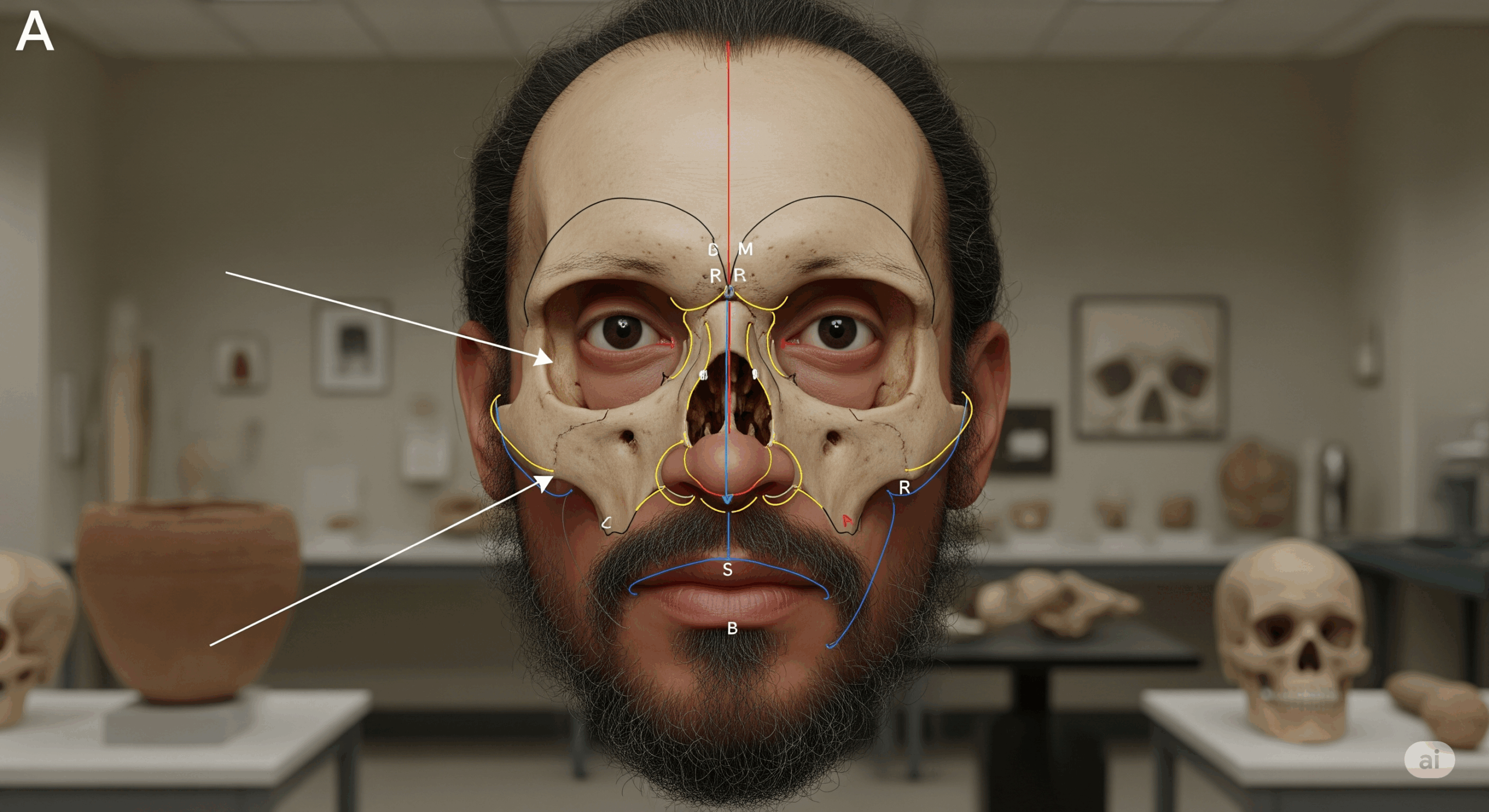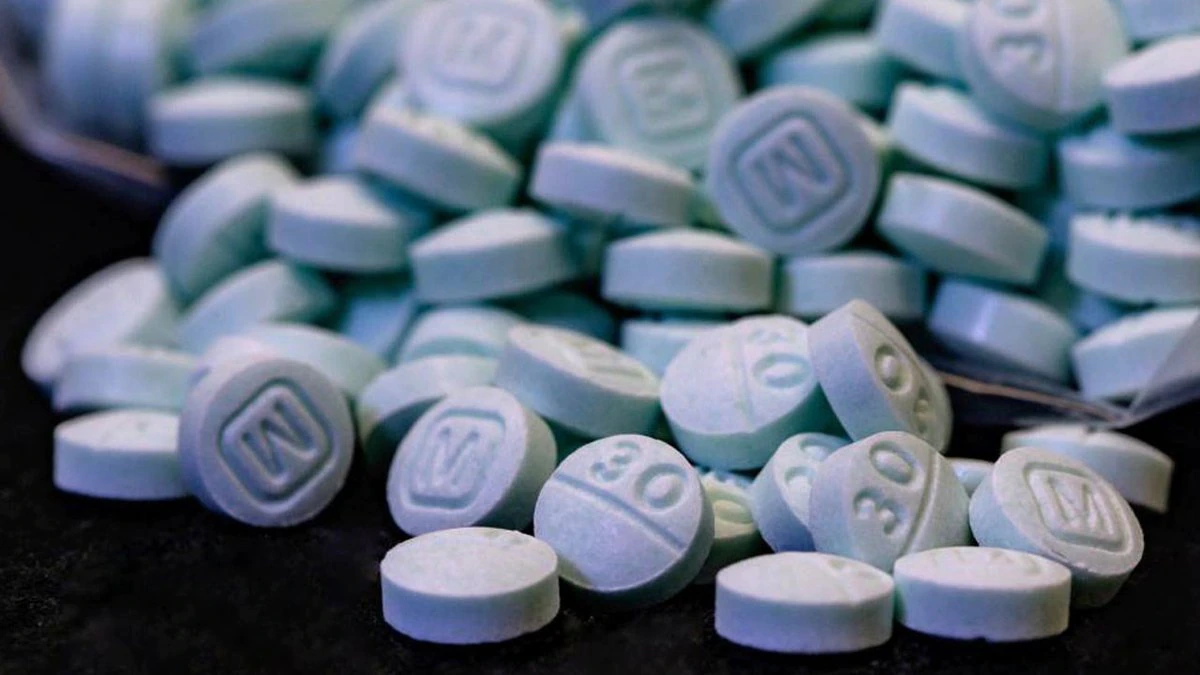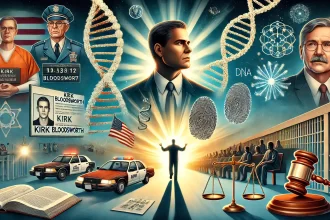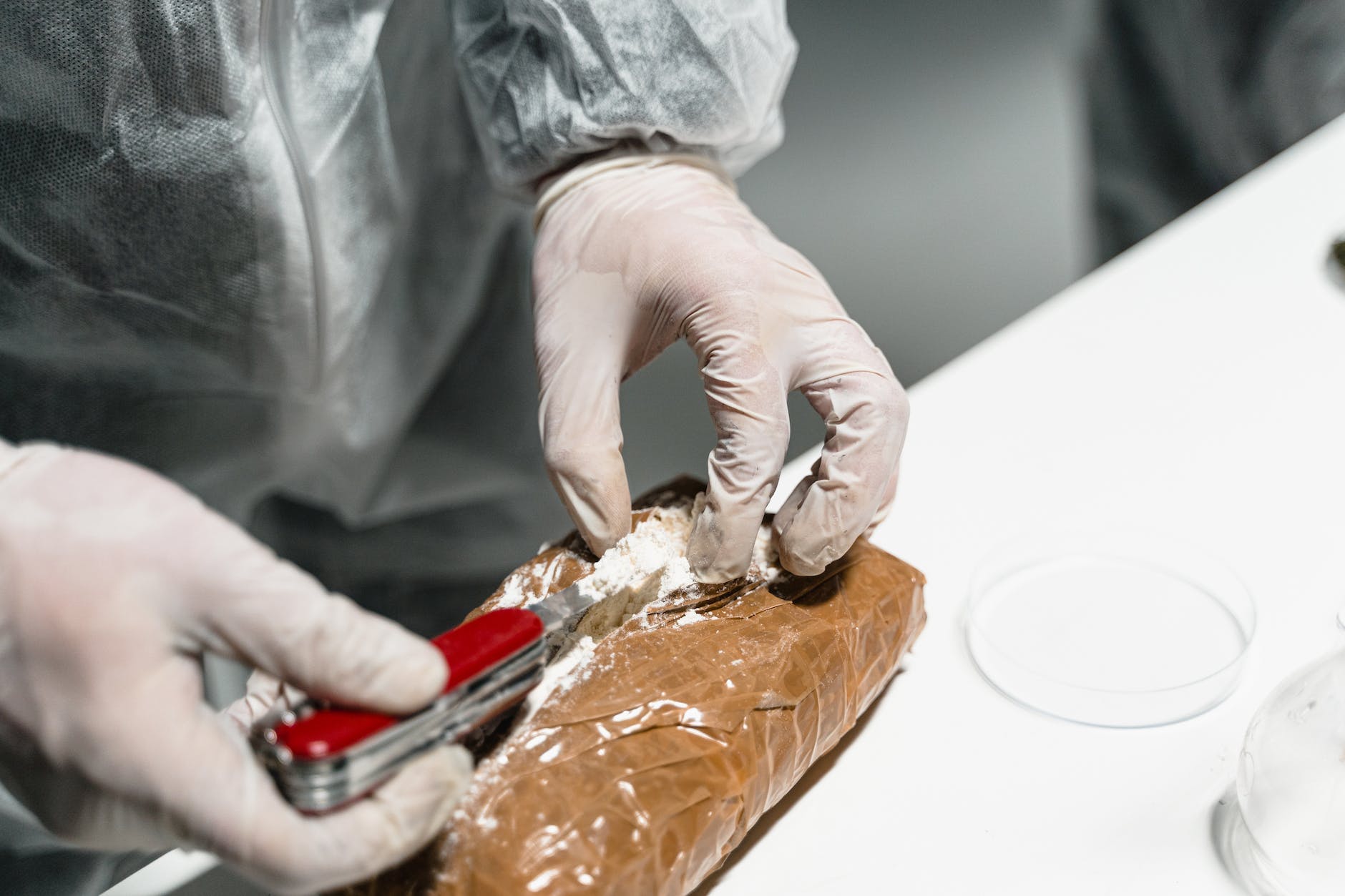In forensic science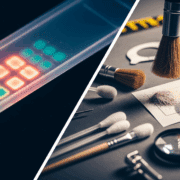 Discover the fascinating field of Forensic Science, the application of scientific principles to legal matters. This post delves into its many disciplines, from DNA analysis to crime scene investigation, its importance in the justice system, Read Full Definition, clothing found at a crime scene is often crucial evidence
Discover the fascinating field of Forensic Science, the application of scientific principles to legal matters. This post delves into its many disciplines, from DNA analysis to crime scene investigation, its importance in the justice system, Read Full Definition, clothing found at a crime scene is often crucial evidence Evidence is any form of proof, such as objects, materials, or scientific findings, presented to establish or disprove a fact in a legal proceeding. It is used to reconstruct events and link or exclude individuals Read Full Definition. But what if that clothing has been through a washing machine? The conventional wisdom is that laundering destroys DNA
Evidence is any form of proof, such as objects, materials, or scientific findings, presented to establish or disprove a fact in a legal proceeding. It is used to reconstruct events and link or exclude individuals Read Full Definition. But what if that clothing has been through a washing machine? The conventional wisdom is that laundering destroys DNA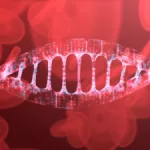 DNA, or Deoxyribonucleic Acid, is the genetic material found in cells, composed of a double helix structure. It serves as the genetic blueprint for all living organisms. Read Full Definition evidence. This new study, published in the International Journal of Legal Medicine, confirms that while washing is aggressive, it doesn’t eliminate DNA; instead, it turns the resulting profile into a complex mixture that is incredibly challenging to interpret. The research provides a much-needed, objective look at the dynamics of DNA transfer and degradation during a standard laundry cycle, with key implications for evidence admissibility and interpretation in court.
DNA, or Deoxyribonucleic Acid, is the genetic material found in cells, composed of a double helix structure. It serves as the genetic blueprint for all living organisms. Read Full Definition evidence. This new study, published in the International Journal of Legal Medicine, confirms that while washing is aggressive, it doesn’t eliminate DNA; instead, it turns the resulting profile into a complex mixture that is incredibly challenging to interpret. The research provides a much-needed, objective look at the dynamics of DNA transfer and degradation during a standard laundry cycle, with key implications for evidence admissibility and interpretation in court.
The Complex Dynamics of DNA Transfer in the Wash
The scientific evaluation of DNA transfer is fundamental to modern forensic casework. This transfer can be primary (direct contact) or secondary (via an intermediate object). In the context of laundry, transference occurs when
DNA from one item of clothing moves to another during the washing process. This study aimed to assess the possibility of identifying a Person of Interest (POI) profile after both direct contact and washing, focusing on epithelial cells (touch DNA) and blood.
The experiment studied 53 volunteers and conducted two main scenarios using small pieces of cotton fabric (5×5 cm) washed in a standard washing machine program (57 minutes at 40℃):
- Experiment 1 (Touch DNA): A touched fabric (TF) was washed with a clean acceptor fabric (CAF-C).
- Experiment 2 (Blood DNA): A fabric stained with 3–4 drops of blood (FB) was washed with a clean acceptor fabric (CAF-B).
Key Findings: Low Recovery and High ContaminationContamination - The unwanted transfer of material from another source to a piece of physical evidence. The inadvertent touching of a weapon, thereby adding fingerprints to it is an example of evidence contamination. Read Full Definition
The results underscore the aggressive, destructive nature of the washing process on DNA and reveal a high risk of profile misinterpretation.
- Partial Profiles Only: The study found that complete profiles matching the POI were never recovered from any of the clean acceptor fabrics (CAF-C or CAF-B). Only partial profiles were recovered from the originally stained fabrics (FB), with complete profiles achieved in only 11.1% of the original blood-stained fabrics.
- Low LR and Quantification: Low quantities of DNA were recovered in both experiments, leading to low Likelihood Ratios (LRs). Blood samples yielded the best results, with 22.2% of FB cases obtaining an LR greater than 1,000.
- The Problem of Extra Alleles
Alleles are different forms of a gene resulting from mutations or variations in the DNA sequence or gene expression. They can be dominant (expressed with one copy) or recessive (expressed only with two copies). Read Full Definition: The most challenging issue was the ubiquitous presence of extra alleles—alleles that did not belong to the POI. Over 50% of both the touched fabrics and the clean acceptor fabrics had profiles where more than half of the alleles did not correspond to the POI.
- The transfer of these extra alleles onto a fabric was moderately correlated with their presence on the donor’s hands prior to the experiment (Spearman’s Rho 0.334, P=0.029). This indicates that these non-POI alleles often originate from background DNA already present on the donor’s hands from previous, unrelated contacts.
- Age and Sex Influence: Statistical analysis showed significant differences in shared alleles (and LR values) related to the age (p = 0.002) and sex (p = 0.461 for LR, p = 0.046 for shared alleles) of the volunteers. Blood samples (direct transfer) yielded better results than epithelial cells (touch DNA).
Interpreting DNA as ‘Low Template’
This study is vital for strengthening the scientific rigor of forensic genetics. It provides empirical data Information in analog or digital form that can be transmitted or processed. Read Full Definition to support the urgent need for conservative interpretation when analyzing laundered DNA evidence.
Information in analog or digital form that can be transmitted or processed. Read Full Definition to support the urgent need for conservative interpretation when analyzing laundered DNA evidence.
Treating Profiles as Low Template DNA (LTDNA)
The most important conclusion is the recommendation that DNA profiles recovered from clothes that have been washed in a machine must be considered Low Template DNA (LTDNA). The washing process fragments the DNA, leading to allelic dropout and the presence of extra alleles—a highly aggressive environment that compromises sample integrity. Interpreting these profiles requires the stringent criteria used for LTDNA mixtures to prevent misattribution.
The Role of Background DNA and Age
As a Senior DNA analystA designated person who examines and analyzes seized drugs or related materials, or directs such examinations to be done; independently has access to unsealed evidence in order to remove samples from the evidentiary material for Read Full Definition experienced in STR DNA analysis, the high percentage of extra alleles is the most significant takeaway for casework. The finding that a substantial portion of these extra alleles originated from the background DNA on the volunteer’s hands prior to the experiment is critical. This reinforces the necessity of considering the activity level proposition in court—did the DNA get there from the violent act, or from a pre-existing, innocent contamination source? Relying solely on a partial profile’s similarity to a POI without accounting for the high noise level risks a false inclusion.
The Need for Strict Protocols
The data showing that age and sex influence DNA transfer emphasizes that even the most advanced STR DNA analysis requires careful contextualization. The difficulty in obtaining complete profiles and the high contamination level mean that the decision to use the resulting profile must be highly conservative. Furthermore, the study suggests that protocols should prioritize the analysis of these objects quickly, as DNA degradation increases significantly just 24 hours after washing.
Conclusion
This research provides critical empirical data on the destructive and complex nature of DNA transfer and degradation in a washing machine. The study confirms that while DNA can persist and transfer, the resulting profiles are partial, highly degraded, and contaminated with extra alleles. These findings mandate that forensic laboratories adopt stricter interpretation criteria, treating profiles from laundered items as LTDNA mixtures to ensure that DNA evidence presented in court is scientifically reliable and ethically sound.
Original Paper Reference:
López-Parra, A. M., Bravo, S., Lozano, M., Gomes, C., Palomo-Díez, S., & Arroyo-Pardo, E. (2025). Assessment of DNA transfer and degradation in washing machines: forensic implications. International Journal of Legal Medicine, 139(6), 2087–2097. https://doi.org/10.1007/s00414-025-03502-5



